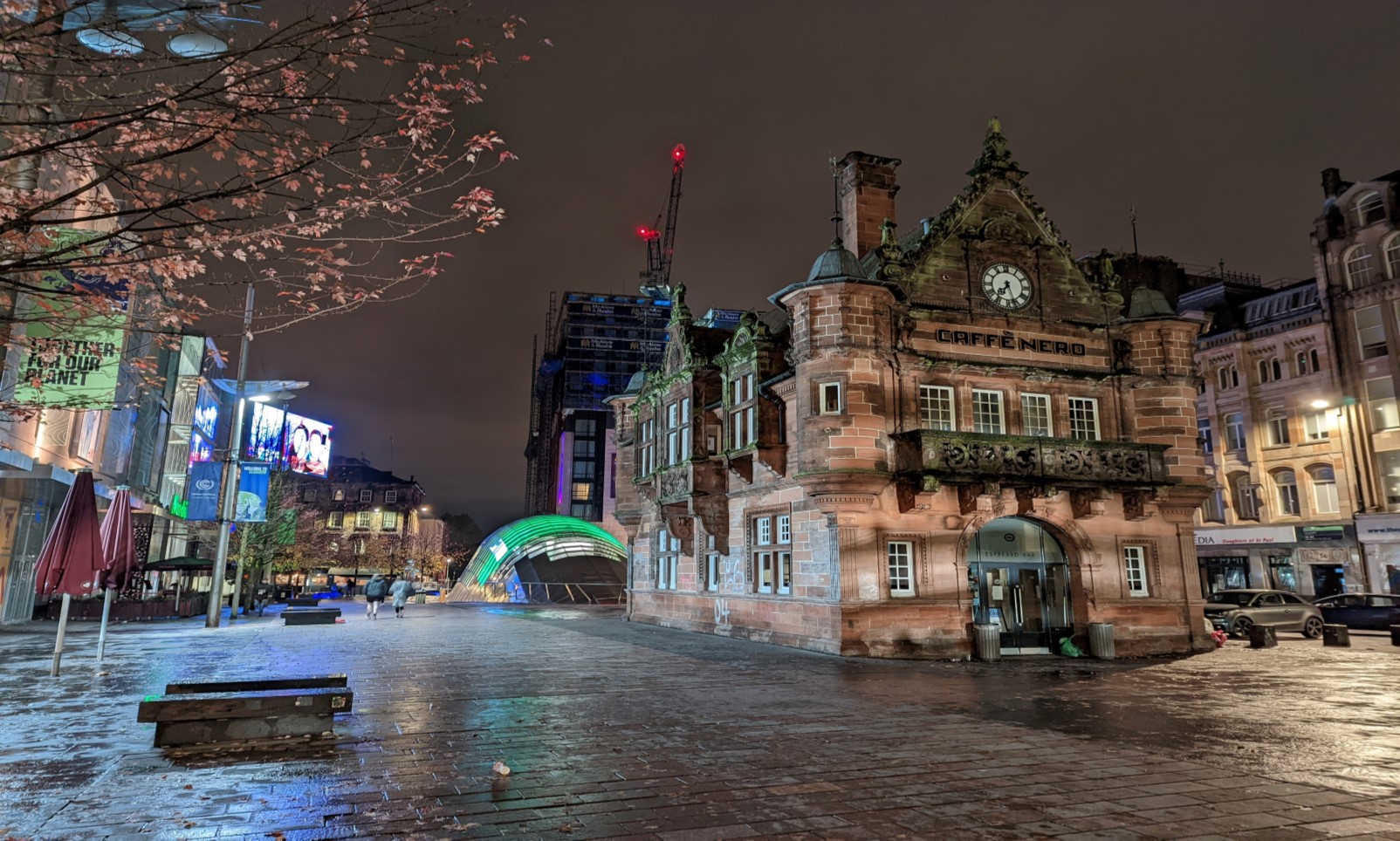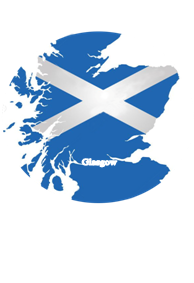CTY-3206 – 06 February 2022
Snips – News For Scotland – 6th February

NEWS FOR SCOTLAND (GB2RS ) Extracts inc Additions
It is with sadness that we announce that Tommy Logan, GM3VBT passed away last week. His funeral will take place on the 7th of February at 11.30 am at Clydebank Crematorium. All are welcome to attend. We send our condolences to his family.
Wigtownshire Amateur Radio Club takes part in the daily open D&G RAYNET net at 12 noon on GB3DG every day. Thursdays see a net beginning on GB3DG at 7.30pm then moving to Zoom at 8pm for general chat. Oli, MM0YOS, info@gm4riv.org
Moray Firth Amateur Radio Society is resuming face to face meetings on Tuesdays, beginning with a look at the latest RSGB EMF compliance calculator. Any members who need assistance will be able to get their station assessment completed. Tea and coffee is available. The club has requested that you do not attend if you have any symptoms of Coronavirus. www.mfars.org
CLUB NEWS & NETS (Full Listings – HERE)
The Loch Lomond 8pm Sunday open net takes place via MB7IBH on 145.3375MHz with 103.5Hz CTCSS. Lomond Radio Club in-person club nights are on Thursdays from 7.30pm at the John Connelly Centre in Renton. Barrie, gm0kzx@googlemail.com
West of Scotland Amateur Radio Society has resumed its Solder Group meetings on Wednesday. There are daily nets from 11am on 145.425MHz. Wednesday sees a net from 8pm on 433.425MHz and on Friday at Rose Street there’s a video night from 8pm. www.wosars.club
Ayr Amateur Radio Group has a net on Sundays from 7pm on 144.295MHz CW and from 7.30pm on 145.450MHz FM. There are daily nets around 7.035MHz from 10.15am, moving to 7.065MHz and 145.450MHz at 10.30am. Friday sees a net via GB3DG from 7.30pm, followed by a Zoom meeting. derek.secaarg@gmail.com
Stirling and District Amateur Radio Society is open today for operating from 11am. It will also be open on Thursday from 7pm. secretary@gm6nx.com
Kingdom Amateur Radio Society has nets on Sundays, Tuesdays and Fridays from 7pm on 144.750MHz. Steve, MM0SKX, 0771 105 9343
Dundee Amateur Radio Club holds nets on Sundays and Wednesdays from 7.30pm on GB3AG and GB3DD. Martin, 2M0KAU, 0776 370 8933
Kilmarnock & Loudoun Amateur Radio Club holds a net on Sundays from 2pm around 3.720MHz SSB, later moving to around 3.540MHz CW. Tuesday sees a net on 145.475MHz from 7.30pm. klarcinfo@gmail.com
The Viking Amateur Radio Net runs on Sundays from 6pm on 3.660 or 3.639MHz. Details are on their Facebook page
Glenrothes & District Radio Club has open nets daily from 10am on 3.790MHz except Sunday. Morse training is now available on request. Tam, 0775 352 6498
Paisley Amateur Radio Club holds a net on Mondays from 8pm on 144.550MHz and on Zello. Tuesday sees a DMR net in room 4415 from 8pm. On Thursday, there is an FM net on 144.550MHz and on Zello from 7.30pm. Stuart, MM0PAZ, 0742 665 0757
On Monday, Edinburgh & District Amateur Radio Club has its net at 8.15pm on 433.525MHz FM. Norman, GM1CNH, 0774 094 6192
DV Scotland has a multi-mode net on Monday from 9pm to 10.30pm using GM5DVS. Details of how to access all DV Scotland repeaters is at dvscotland.net
Livingston & District Amateur Radio Society is open on Tuesdays from 7.30pm. This week there’s a talk on antenna maintenance and operating. Wednesday sees a net on DMR Scotland TG23550 from 8pm. On Thursday there’s a net from 7pm on 145.575MHz. Cathie, 2M0DIB, 01506 433 846
Lothians Radio Society has a talk on Wednesday by James Gentles, GM4WZP on The History of the Pocket Calculator. www.lothiansradiosociety.com
Inverness & District Amateur Radio Society has stopped its Wednesday meetings owing to COVID restrictions. There are nets on Wednesday from 8pm on GB3BI and from 8.40pm on GB7II talkgroup 23558. Adrian, MM0DHY, InvernessRadioSociety@gmail.com
Falkirk Amateur Radio Club has a net via GB3FE from 8pm on Wednesday. Peter, gm8gax@tiscali.co.uk
Aberdeen Amateur Radio Society has 10-minute talks on Thursday. www.aars.org.uk
Mid Lanarkshire Amateur Radio Society meets every Friday from 7pm at Newarthill Community Education Centre 50 High Street Newarthill Motherwell ML1 5JU. Wednesday sees a net on TG 23550 from 8pm and on Thursday there’s a net on 70.425MHz from 8pm. www.mlars.co.uk
On Friday, Strathclyde Park Amateur Radio Club has a net from 7.30pm on 145.400MHz, and also on the BATC channel from 8pm. Bill, MM0SFB, gm0syv@btinternet.com
Cockenzie & Port Seton Amateur Radio Club has an on-air activity day on Saturday. Bob, GM4UYZ, 01875 811 723
To have your net listed on the WoSARS website or to report any changes, contact Tony, MM0TMZ by email to rr1@rsgb.org.uk. Please also keep GB2RS updated via email to radcom@rsgb.org.uk.
Tonight @ 8 – Russian Woodpecker over the horizon radar
Scheduled system downtime – RSGB email system
Syrian Radio & Television (1970’s Recording)
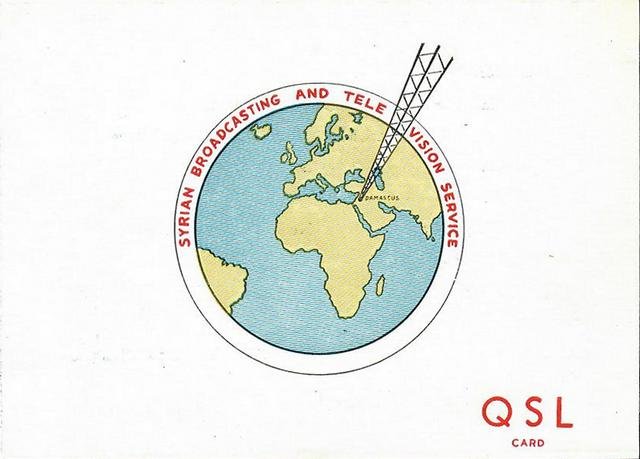
In the early 1970’s, Syria was among the major shortwave broadcasters from the Middle East. The Broadcasting Service of the Syrian Arab Republic, as it was called back then, put in fairly strong signals on 15,165 khz in the 19 meter band, though not as powerful as other stations such as Radio Kuwait and Radio Cairo. In this recording from 1971, we hear a political commentary on the Palestinians, followed by station identification: “You are tuned to Damascus, the broadcasting service of the Syrian Arab Republic. The time is exactly 23 hours and 10 minutes.” While Damascus was still using shortwave, including its old 12,085 khz frequency and 9,330 khz in the first decade of the 2000s, the civil war in Syria along with decisions made to end shortwave, removed this once familiar Middle East voice from the shortwave bands.
Radio Kuwait (1970’s recording)
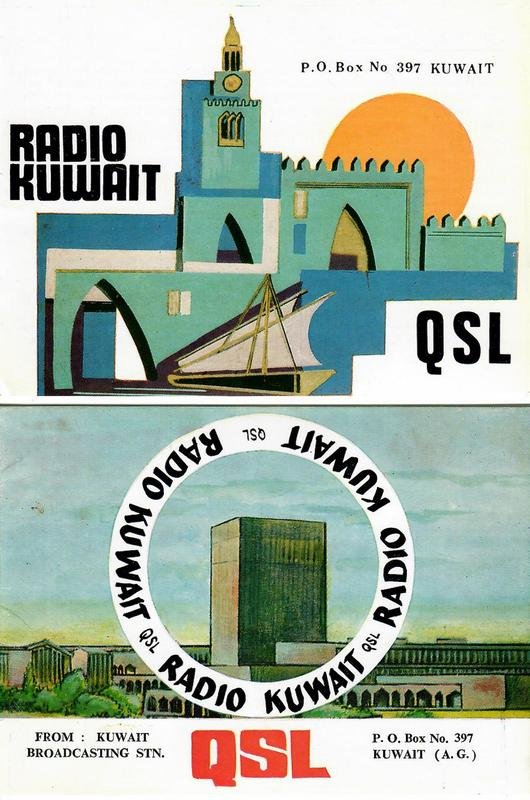
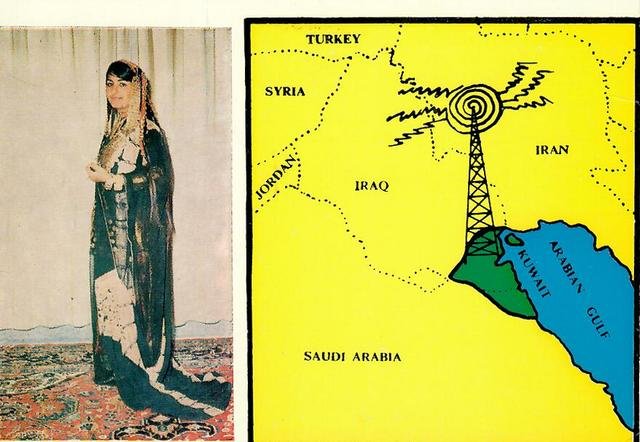

In 2022, it is quite astounding that we still have, at least as of now, two Middle East broadcasters still on the air on shortwave: Saudi Arabia, and Kuwait. Radio Cairo was making attempts to return as of early 2022 but having great difficulties resolving its longstanding modulation and distortion problems. Jordan is now gone, as is Bahrain it seems. Oman which was still on shortwave as of 2019 is now either gone or intermittent. Radio Kuwait, which returned to shortwave some years ago, began shifting to DRM transmissions though is still being heard on regular AM shortwave, though with some highly variable shifts of frequency.
Which brings us back to the good old days when Radio Kuwait was the new powerhouse in shortwave broadcasting from the Middle East, having taken delivery of 250 kilowatt transmitters. Radio Kuwait was a daily presence on shortwave for decades, with its familiar musical interval before English newscasts, and music programs. As a young SWL, I used to listen to Radio Kuwait almost on a daily basis, usually in the 19 meter band. The signal was so strong and clear that it was easy to tune in on the 1940’s T-133 receiver I used at the time. Here is a recording of Radio Kuwait from 1970. The station was also a superb reliable verifier of reception reports and sent out beautiful folder QSLs.
Radio New Zealand (Early 1970’s)
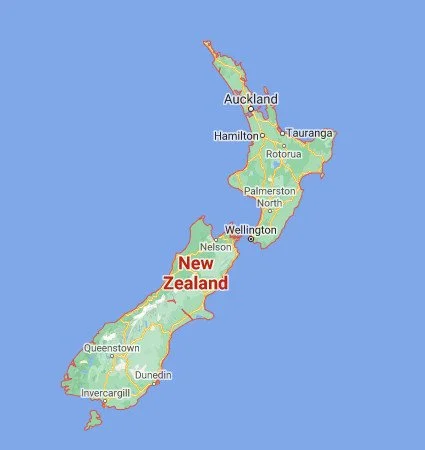
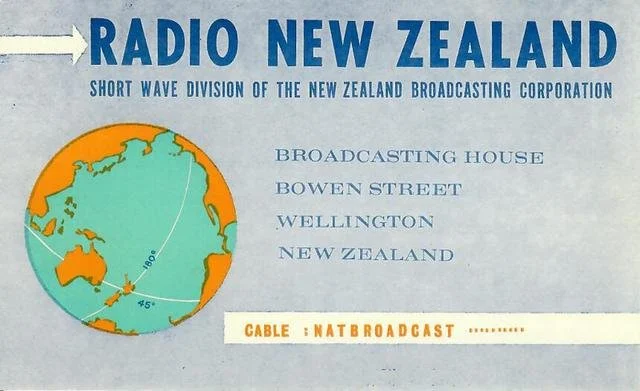
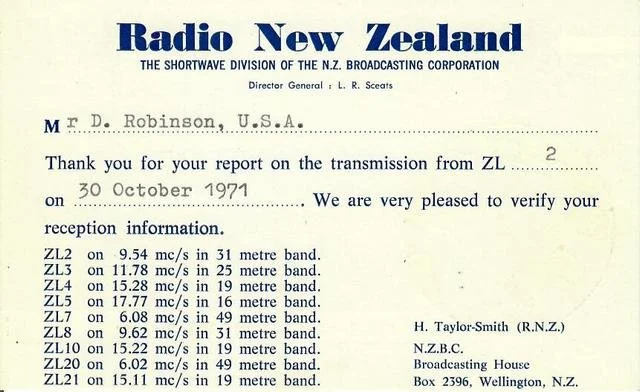
In 2022, one station in the South Pacific remains on shortwave, to the great delight of shortwave listeners. That station is Radio New Zealand, which as of early 2022 could still be heard with good signals. Back in the 1970’s Radio New Zealand was a prime DX target. Its sign on at 0600 UTC required staying up until 2:00 AM in summer months. For signs of good Pacific propagation, DX’ers often used VNG, the former time signal station in Australia, as a marker. If VNG was coming in well, then New Zealand and Tahiti were likely to be coming in well. It’s hard to explain the feeling a new SWL got hearing Radio New Zealand in those days. At a power of 7.5 kilowatts, the station listed on its QSL card (shown here) 9 frequencies, including 9.54 mHz and 11.780 mHz where I used to hear them. Other frequencies in 1971 were 15.280, 17.770, 6.080, 9.620, 15.220, 6.020, and 15.110 mHz for ZL2/3/4/5/7/8/10/20 and 21 call letters. The verification signer was H. Taylor-Smith at NZBC Broadcasting House in Wellington. Hearing this 7.5 kilowatt signal, with its characteristic fading as the signal made its way the many thousands of miles to Pennsylvania, was a real thrill. Here is the 1971 recording of Radio New Zealand, from sign on with its “Bellbird” interval signal and BBC news relay.
LV de Mosquitia (Honduras) 1981


In 1981, a small U.S.- supported station called La Voz de Mosquitia (HRXK) went on air from Puerto Lempira, Honduras. The frequency was 4,910 khz — and it was plagued by interference from other Latin American stations in the 60 meter band. A good write up about the station can be found here. This recording was made in Washington, DC using a Hammarlund HQ-180A receiver. The plain QSL card shown here was signed by Reverend Landon Wilkerson, an independent Baptist Missionary, who spent seventeen years in Honduras with his wife and family helping the Miskito Indians.
